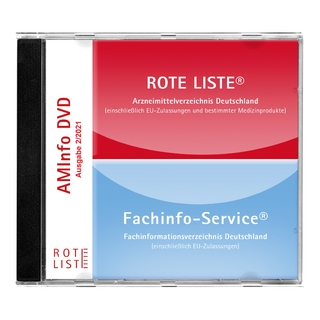
Computational Drug Design – Things that All Drug al and Medicinal Chemists (with CD–Rom)
Wiley-Blackwell (Hersteller)
978-0-470-45185-4 (ISBN)
- Keine Verlagsinformationen verfügbar
- Artikel merken
There has been a great surge in the usage of computational drug design techniques over the past 20 years. Filling the need for an easily understood, nonmathematical text on drug design, Computational Drug Design explores the wide range of computational techniques available for the drug design process, and puts them in the framework of the drug design process. This valuable learning source provides students, computational chemists, organic, medicinal and pharmaceutical chemists, and biochemists with a solid perspective on the entire breadth of the field.
David C. Young , PhD, is HPC Computational Specialist for Computer Sciences Corp., under contract to the Alabama Supercomputer Authority, where he heads user and application support for research and educational activities. Dr. Young has extensive experience in designing drugs and writing drug design software. He is the author of Computational Chemistry: A Practical Guide for Applying Techniques to Real World Problems , also published by Wiley.
Preface. Acknowledgements. About the Author. Symbols Used in This Book. Book Abstract. 1. Introduction. Part I: The Drug Design Process. 2. Properties that Make a Molecule a Good Drug. 3. Target Identification. 4. Target characterization. 5. The Drug Design Process for a Known Protein target. 6. The Drug Design Process for an Unknown target. 7. Drug Design for Other targets. 8. Compound Library Design. Part II: computational Tools and Techniques. 9. Homology Model Building. 10. Molecular Mechanics. 11. Protein Folding. 12. Docking. 13. Pharmacophore Models. 14. QSAR. 15. 3D-QSAR. 16. Quantum Mechanics in Drug Design. 17. De novo and Other AI Techniques. 18. Cheminformatics. 19. ADMET. 20. Multiobjective Optimization. 21. Automation of Tasks. Part III: Related Topics. 22. Bioinformatics. 23. Simulations at the Cellular and Organ Level. 24. Synthesis Route Prediction. 25. Proteomics. 26. Prodrug Approaches. 27. Future Developments in Drug design. Appendix: About the CD. Glossary. Index.
| Erscheint lt. Verlag | 1.5.2009 |
|---|---|
| Verlagsort | Hoboken |
| Sprache | englisch |
| Maße | 150 x 250 mm |
| Gewicht | 666 g |
| Themenwelt | Medizin / Pharmazie ► Medizinische Fachgebiete ► Pharmakologie / Pharmakotherapie |
| Medizin / Pharmazie ► Pflege | |
| Naturwissenschaften ► Chemie | |
| Technik | |
| ISBN-10 | 0-470-45185-8 / 0470451858 |
| ISBN-13 | 978-0-470-45185-4 / 9780470451854 |
| Zustand | Neuware |
| Haben Sie eine Frage zum Produkt? |
aus dem Bereich
